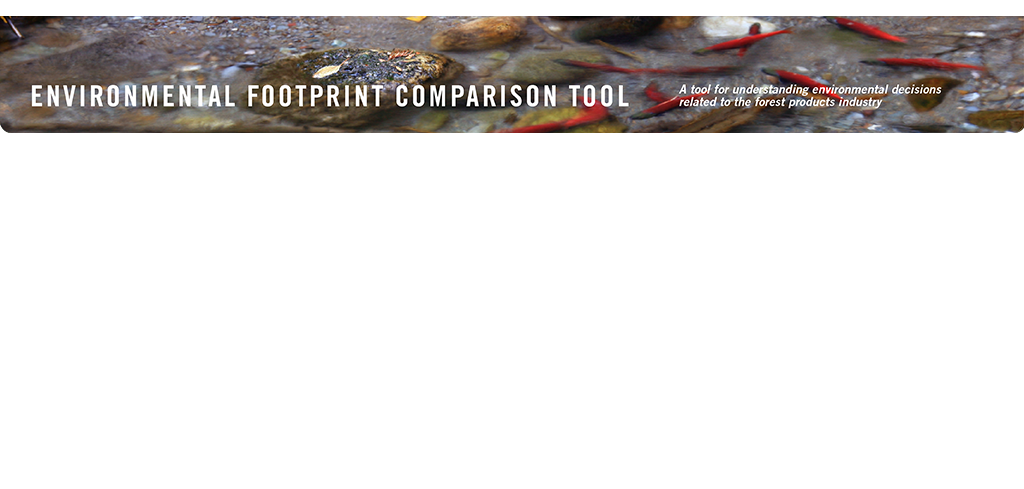
Mills that reduce discharges to water do so using two approaches: 1) reducing the loading of constituents
delivered to the wastewater treatment system, also known as source reduction; or 2) installing additional
treatment system capacity or components. The latter approach generally would not have a direct impact
on water usage, though economic considerations in the application of advanced wastewater treatment
measures may encourage effluent volume reductions.
Source reduction techniques frequently include actions that can also reduce effluent volumes. Installation
of improved pulp cleaning technologies and enhanced attention to pulping liquor loss control are
examples of source reduction techniques that have the co-benefit of reduced effluent volumes. Such
opportunities are site-specific and detrimental effects associated with reducing effluent volumes may be
important (discussed in the Water section of this tool).
More information on the interactions between reducing discharges to water and effluent volumes is available at the links to the right.

More information:
Liquor loss control and spill recovery
In-process improvements
- WATER
- ENERGY
- GREENHOUSE GASES
- CHLORINATED COMPOUNDS
- WOOD USE
- ODOR
- EMISSIONS TO AIR
- DISCHARGE TO WATER
- SOLID WASTE
- Lowgrid10
- Lowgrid11
- Lowgrid13
- Lowgrid15
- Lowgrid16
- Lowgrid21
- Lowgrid22
- Lowgrid23
- Lowgrid24
- Lowgrid26
- Lowgrid27
- Lowgrid28
- Lowgrid29
- Lowgrid30
- Lowgrid31
- Lowgrid32
- Lowgrid33
- Lowgrid35
- Lowgrid37
